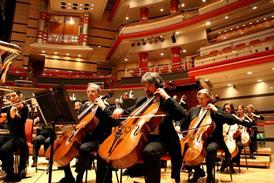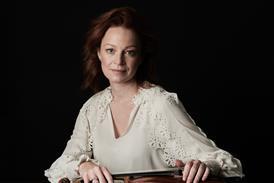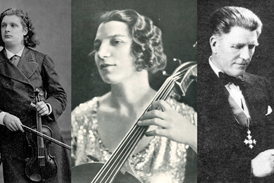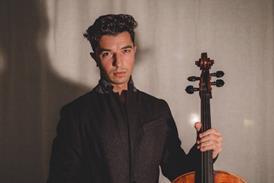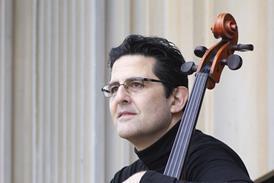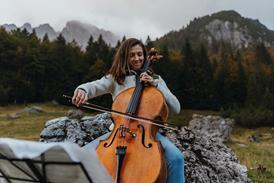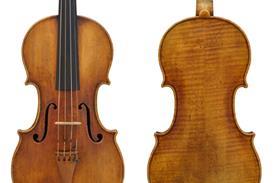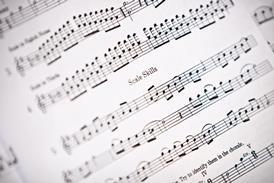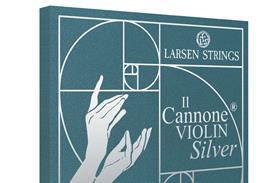- News
- For Subscribers
- Student Hub
- Playing Hub
- Directory
- Lutherie
- Magazine
- Magazine archive
- Whether you're a player, maker, teacher or enthusiast, you'll find ideas and inspiration from leading artists, teachers and luthiers in our archive which features every issue published since January 2010 - available exclusively to subscribers. View the archive.
- Jobs
- Shop
- Podcast
- Contact us
- Subscribe
- School Subscription
- Competitions
- Reviews
- Debate
- Artists
- Accessories
‘Arm weight, contact point and bow speed’ - How to create a full sound with musical intention

Bassist Christine Hoock shares examples of short pieces from double bass repertoire that can help players develop their sound and phrasing through balanced technique
Explore more Featured Stories like this in The Strad Playing Hub
The following is an extract from the January 2020 issue Technique feature ‘Sound and Phrase’. To read the full article, click here
Pieces containing sustained melodies will help you to internalise the technical skills you need to produce a phrase: arm weight, contact point and bow speed with breathing and vibrato for a beautiful sound and sense of direction in example 1; calm, portamento-free shifts and legato bowing in example 2; and all of these in example 3 or any Bottesini work, which are so influenced by bel canto singing. To work on chords and scales in a musical context, try Rota (examples 4 and 5). Teppo Hauta-aho (example 6) will help you to practise creating a sense of phrase that runs throughout a movement. Other pieces that I would recommend include Dittersdorf’s Second Double Bass Concerto, which is great exercise for elegant string changes; the second movement of Bach’s Violin Concerto in E major BMV1042, which is very demanding for double bassists; and Bruch’s Kol nidrei, which requires great bow control. Finally, in Saint-Säens’s The Swan, you can use a calm legato to create a big, focused sound as you sail through the changes in register.
Already subscribed? Please sign in
Continue reading this article and explore hundreds more…


